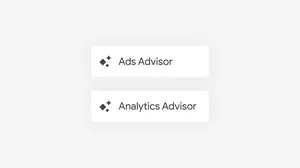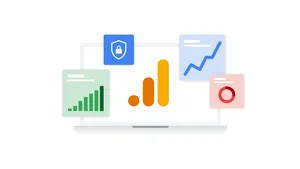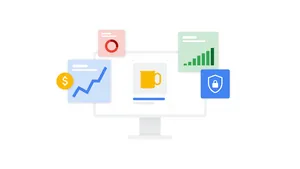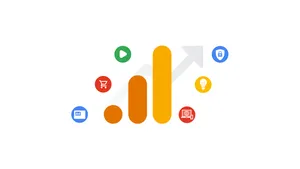Deliver consistent site experiences with Google Optimize

Consumers expect connected shopping experiences from research to purchase. But their journeys aren’t linear; they move around, visiting—and revisiting—multiple sites and apps, multiple times a day.
This makes it challenging for businesses to deliver a coordinated site experience, especially if they are running an experiment or personalization on their site. How do they make sure that the version of their site someone saw in the morning is the same version they see in the afternoon?
Google Optimize can now understand when a customer has returned to a site they visited before and deliver a consistent site experience. Let’s see how this works.
Imagine you’re a hotel business running a marketing campaign that promotes a 20 percent discount for the upcoming holiday season. When people visit your site in response to the campaign, you want to make sure you offer this discount to them throughout their entire booking experience, even if they come back multiple times before they make a reservation.
One part of your marketing campaign is paid media you buy through Google Ads. In this case, you would use Optimize to create a custom web page featuring the discount and then add the Google Ads rule to ensure this page is shown to people who first arrive to your site from your Google Ads campaign. There are likely many people who click on an ad, explore your site, then come back later to complete the reservation. Now, no matter how many other pages on your site people visit, or how many times they return over 24 hours, Optimize will automatically display that custom page to them each time.
Another way you promote this sale is through email. For this part of your campaign, once you create a custom web page with the discount offer, add a utm_campaign parameter named “holiday-sale” to the URL in the email. Then in Optimize, add a UTM parameter rule for “holiday-sale.” Optimize can now use that parameter to display the correct experience every time people who received the promo email visit your site. In addition to email, you can also use the UTM parameter rule in advertising campaigns managed with Display & Video 360 and Search Ads 360, or any other campaigns you are running that support UTM parameters.
Create a UTM parameter rule to focus your experiment or personalization on a particular marketing campaign.

Royal Bank of Canada is an Optimize 360 customer that has already begun using UTM parameter rules.
Together with their Google Marketing Platform Partner, Bounteous, they often use Optimize 360 to run personalizations across their entire website. Because most of these personalizations are focused on delivering the right content to the right user from their marketing campaigns, they were excited to start using the UTM parameter rule.
"The customer journey at the Royal Bank of Canada is rarely linear. We need experiments that can react as customers frequently engage and navigate our website. The UTM parameter rule gives us that flexibility, and it is changing the way we approach our campaigns.”
- Arnab Tagore, Senior Manager of Digital Analytics, Royal Bank of Canada
Both the Google Ads rule and UTM parameter rule are already available to use in Optimize and Optimize 360. We encourage you to go into your account and check them out and we look forward to sharing more new features that help you better meet your customers’ expectations and get the most out of your website.






